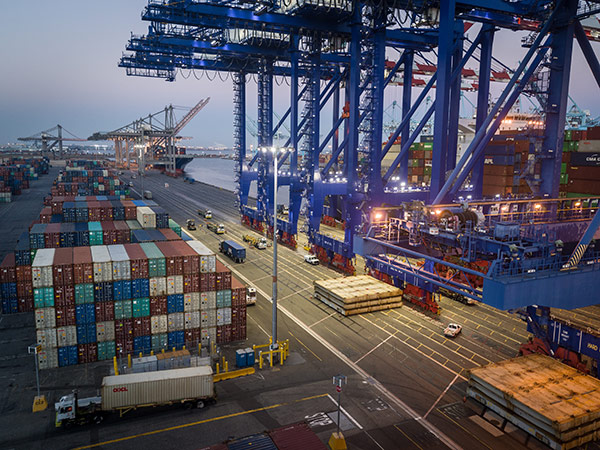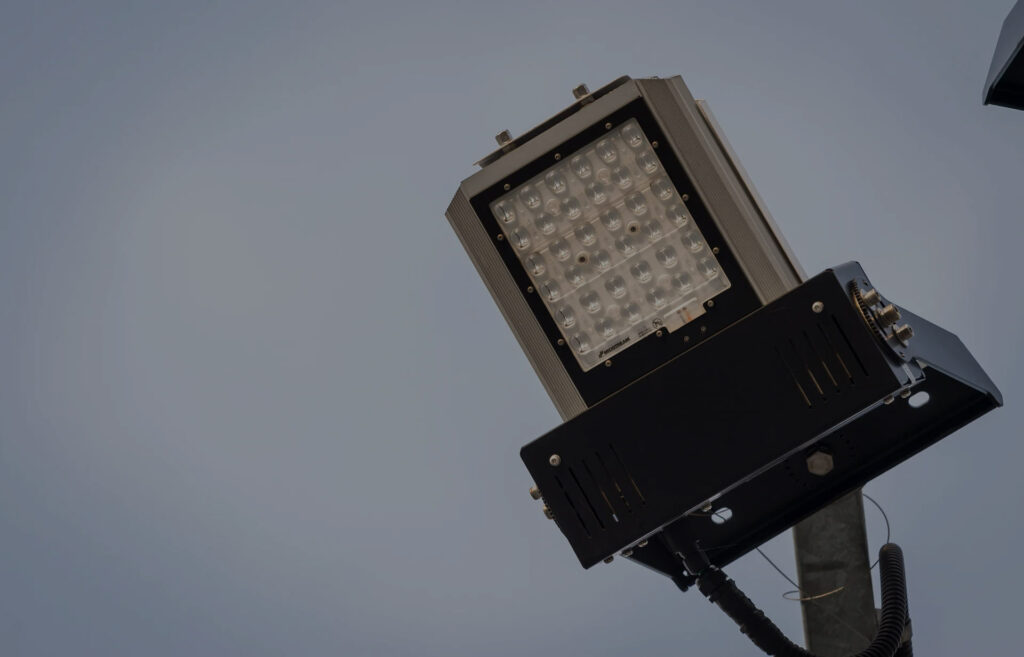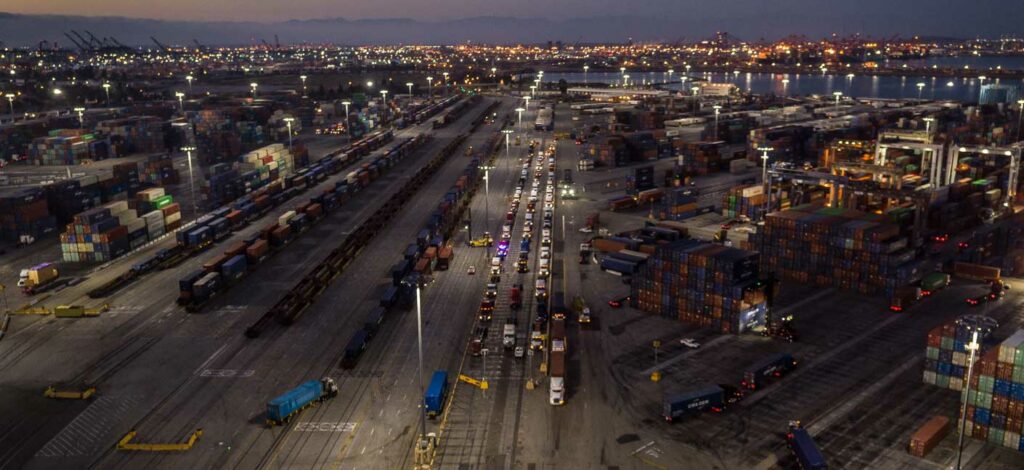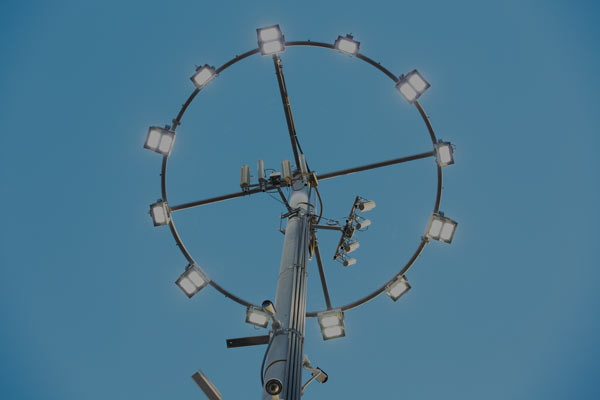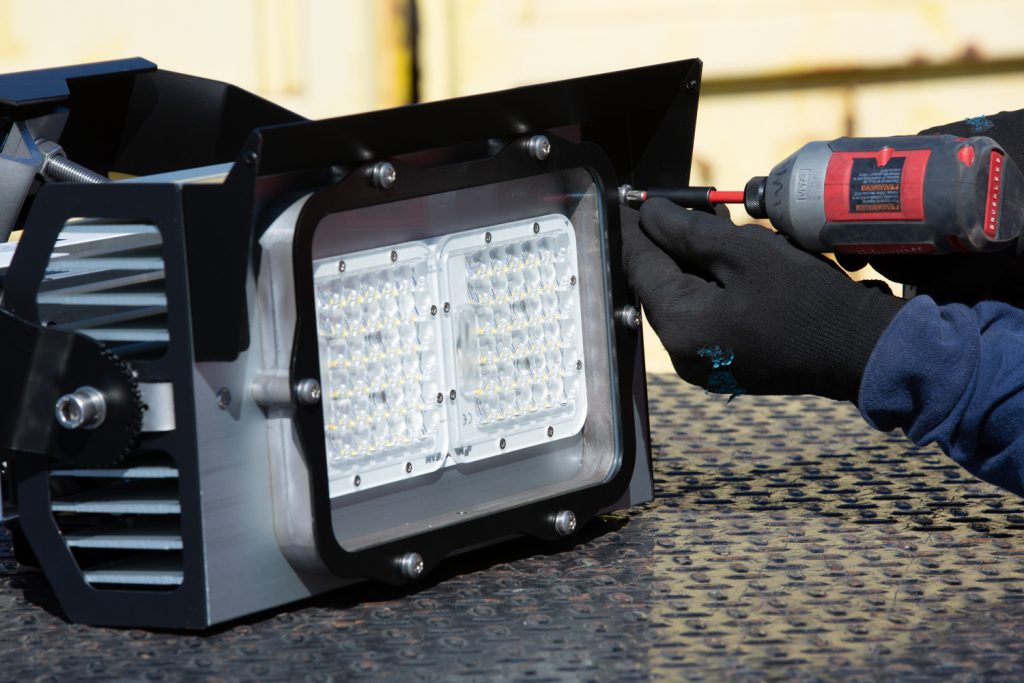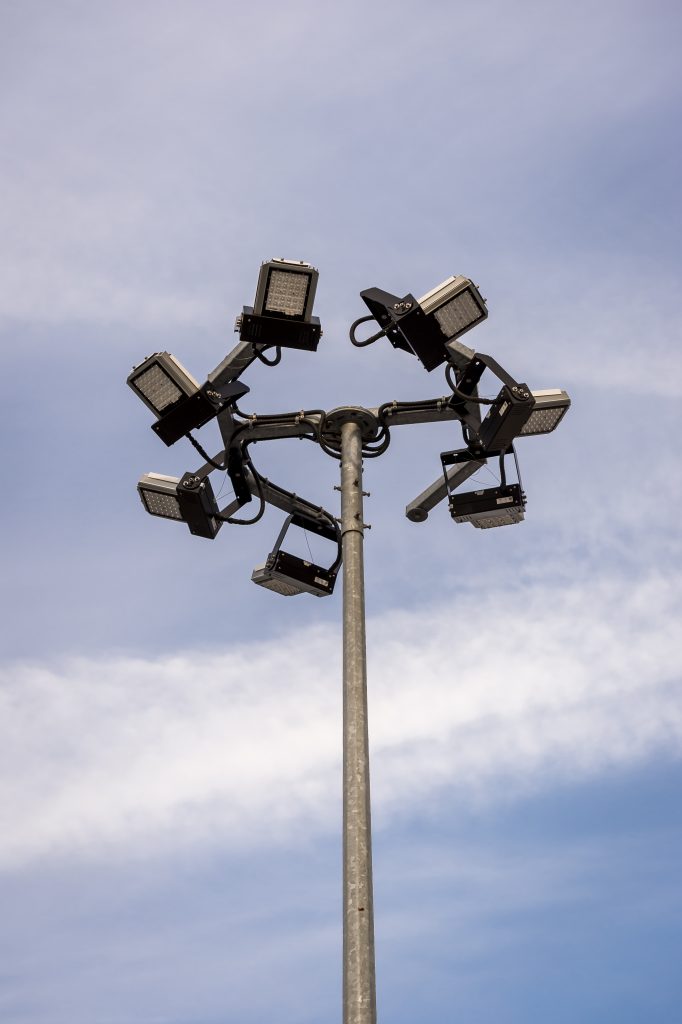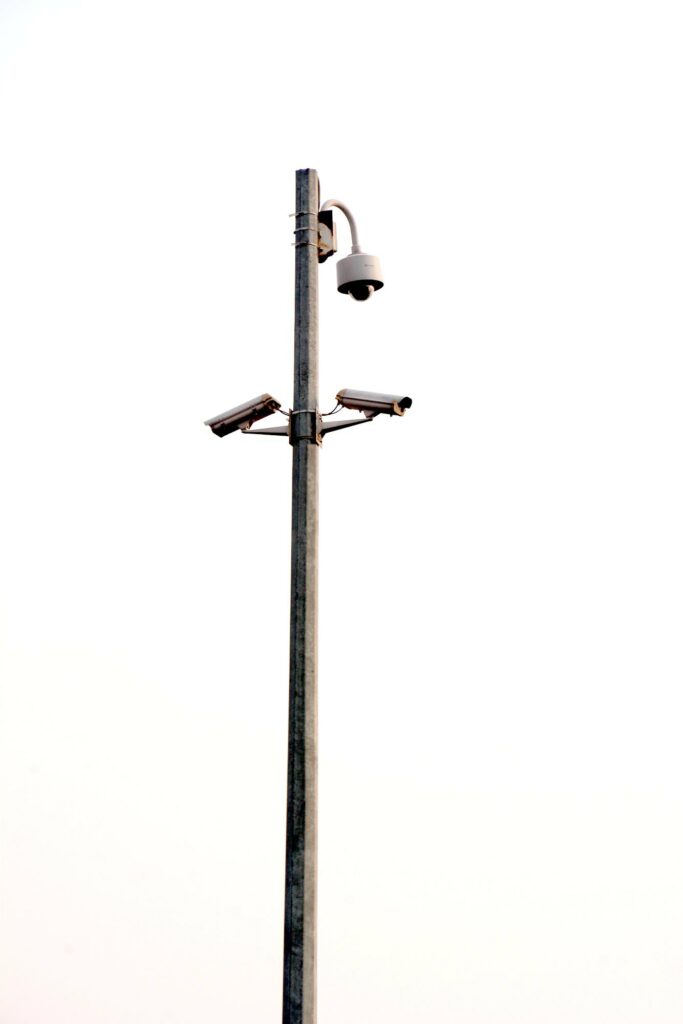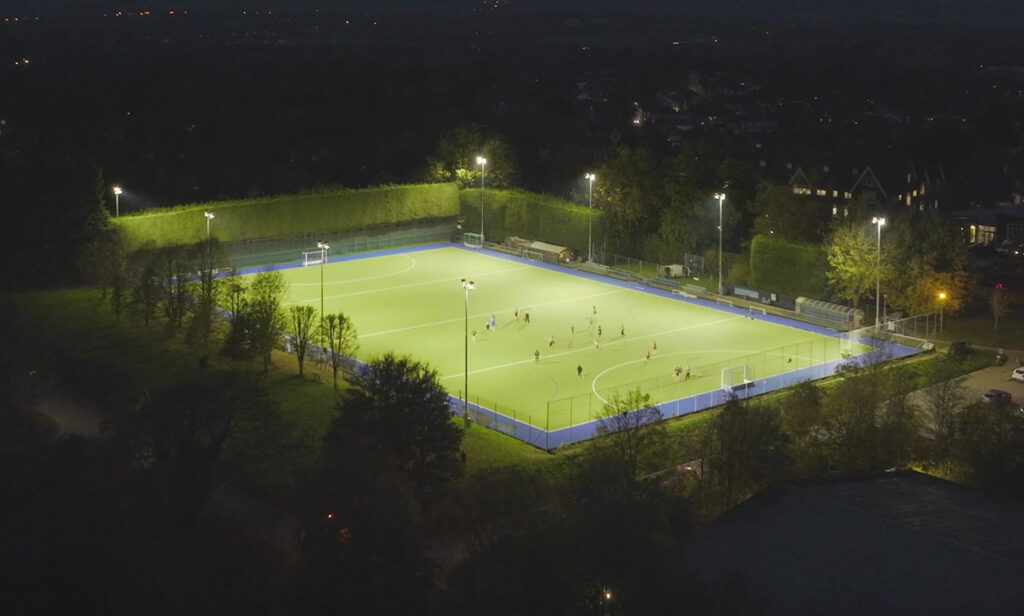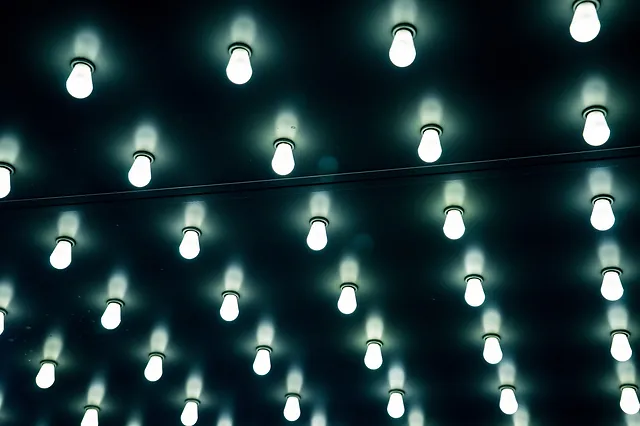
Mark Nailer, Maritime Manager EMEA, Midstream Lighting
Mark has an extensive maritime background, both in the UK and internationally, covering over 11 years. His role here at Midstream is, with our in-house lighting design and engineering teams, to help prospects and customers achieve and maintain the perfect lighting solutions for their operations.
His last position, before joining us, was at Hyster-Yale Group – a major worldwide container handler, lift truck, and general materials handling solutions manufacturer. Whilst he was there, he was appointed as their Industry Manager for Ports and Terminals. Before that, Mark worked at Kelvin Hughes, a maritime radar engineering company that provides solutions for private, commercial, and military markets. So, you can rest assured he knows what he’s talking about.
With a wide-ranging background in Network Partner Management, Mark is also responsible for helping all Midstream Partners across EMEA achieve their business goals.
